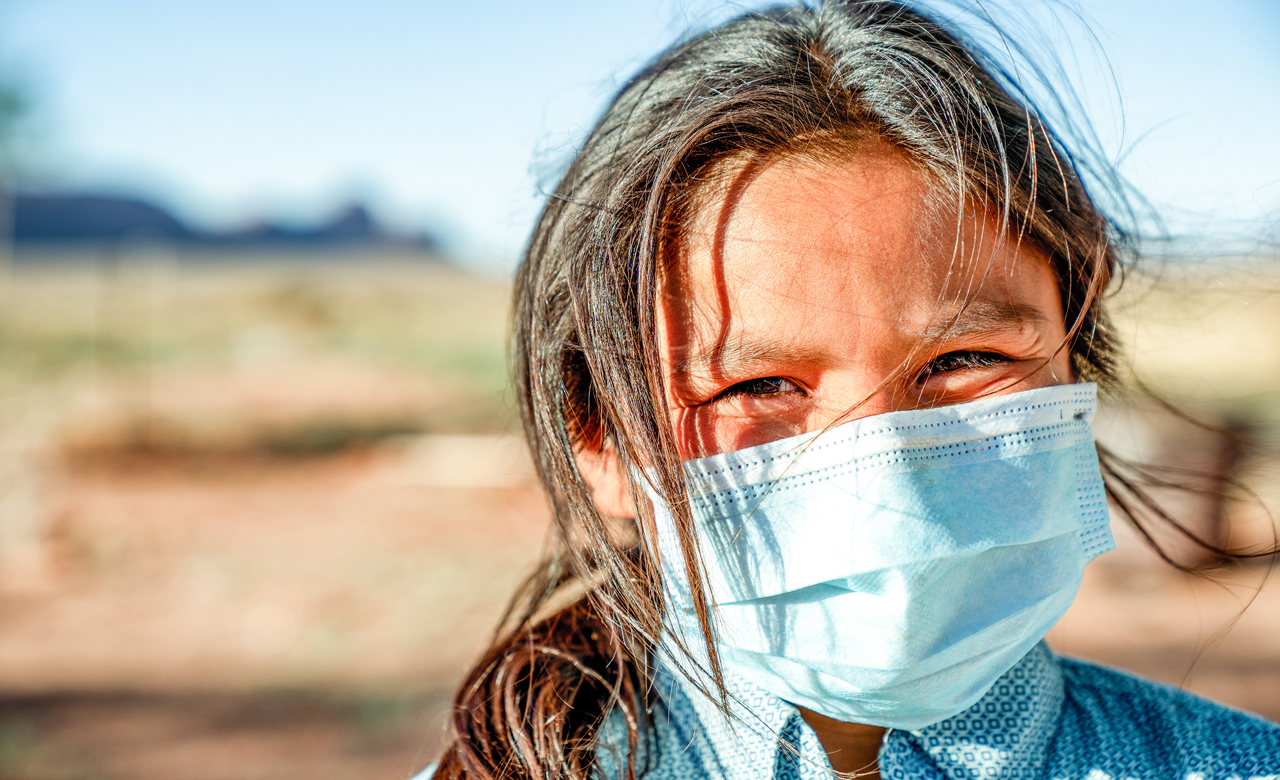Maria G. Tanzi, PharmD

A new policy statement from the American Academy of Pediatrics (AAP) on the care of American Indian and Alaska Native children and adolescents highlights the inequitable disease burden observed in this patient population. The statement, published in Pediatrics in April 2021, focuses on a variety of issues every health care practitioner should be familiar with, such as mental health, substance abuse disorder, and obesity.
“It is important to recognize that some patient groups may need more support than others, and one such group is the American Indian and Alaska Native population,” said Jason F. Deen, MD, FAAP, one of the policy statement authors and associate vice chair for equity, diversity, and inclusion in the Department of Pediatrics at the University of Washington School of Medicine.
“Pharmacists should think of health equity similarly to the way they think of the safety and efficacy of pharmacotherapy, and it should be included in the assessment for all of their patients.”
Understanding and addressing some of the issues
According to the statement, American Indian and Alaska Native youth face medical access barriers and have higher rates of chronic stress, adverse childhood experiences, and exposure to environmental hazards, which often result in poorer health outcomes.
The prevalence of obesity in American Indian and Alaska Native youths is one of the highest, with a significant number of children presenting with abnormal blood lipid levels, higher blood glucose levels, and type 2 diabetes.
The statement notes that tailored interventions are needed to prevent and treat obesity in these patients, and screening for prediabetes and diabetes should be considered for those who are overweight or obese.
Pharmacists can potentially play a role in educating American Indian and Alaska Native patients and their caregivers on acceptable lifestyle and dietary modifications, in addition to performing point-of-care screening to assess for obesity-related comorbidities (e.g., dyslipidemia, diabetes, hypertension). Since American Indian and Alaska Native youth experience mental health and substance abuse disorders more often than other children, pharmacists can potentially screen for substance abuse disorders and refer patients and their families to prevention and treatment programs.
In the statement, AAP also discusses the poor oral health status in this patient population. American Indian and Alaska Native children have the highest rates of tooth decay among any racial and ethnic group in the United States.
Pharmacists can educate patients and their caregivers about proper oral hygiene and help them select appropriate OTC oral care products.
Chronic otitis media is another condition that disproportionally affects this patient population, and pharmacists can counsel patients on appropriate use of prescribed therapies.
Changing the conversation
Deen, who is also director of the Indian Health Pathway Office of Healthcare Equity in Washington, discussed how pharmacists can identify patients who may need extra support, such as those who are late refilling prescriptions or those who do not show up for follow-up care (e.g., scheduled vaccinations).
He said that conversations should focus on determining whether these patients face barriers such as limited or no access to a phone or the Internet and coming up with actions to help them address these barriers.
“Oftentimes, clinicians place the blame on the patient or their family when, in reality, it is the health inequities that may be driving some of the issues in patients. We need to change the conversation from a culture of blame to one of empathy, understanding, and support,” Deen said.
He added that understanding where patients and their families are coming from is essential to trying to improve outcomes in vulnerable communities.